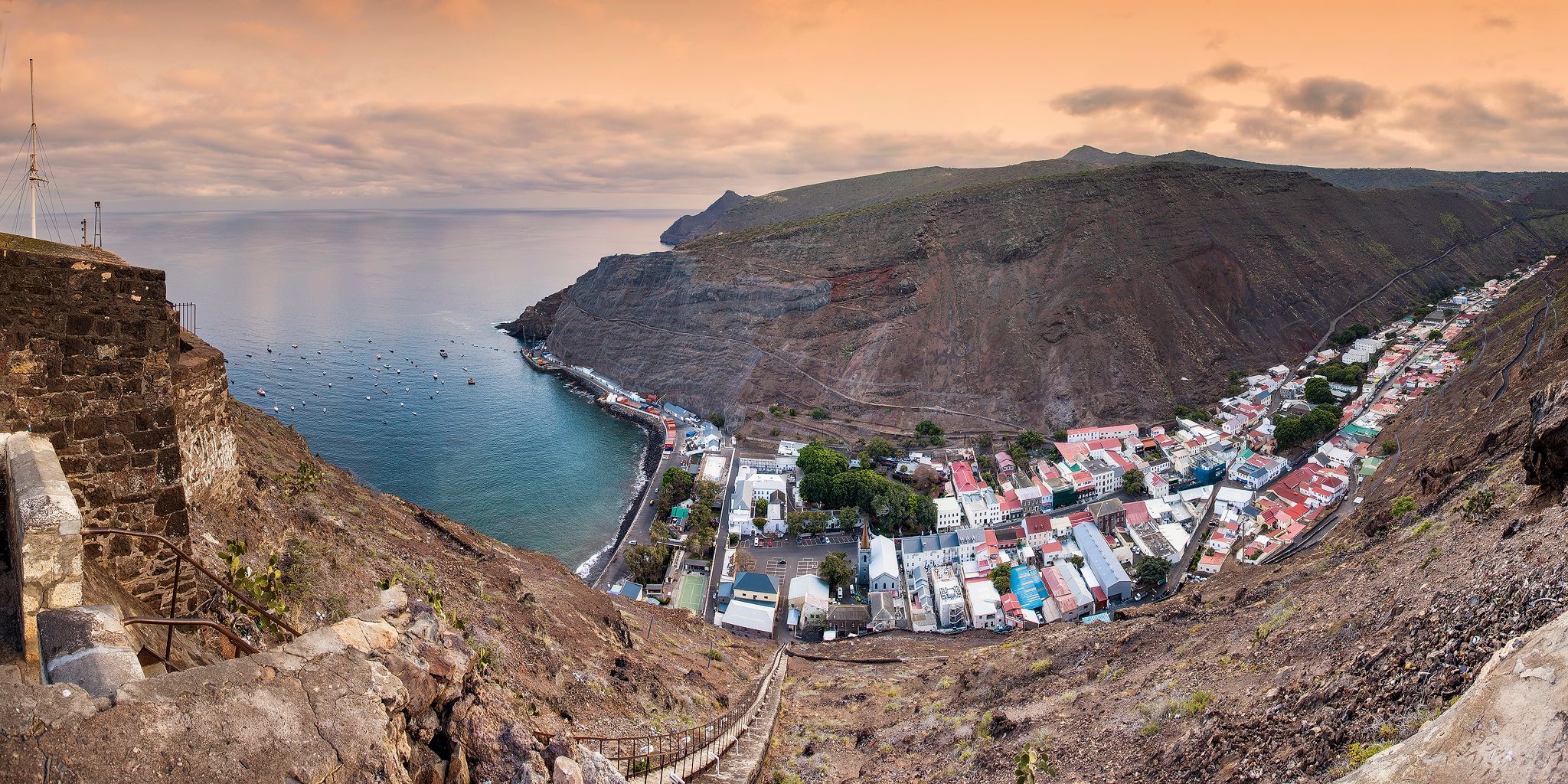St. Helena, an isolated volcanic island in the South Atlantic Ocean, boasts a unique allure that captivates adventurers and history enthusiasts alike. Nestled approximately 1,200 miles from the coast of Africa, this historic isle offers not just breathtaking natural beauty but also a rich tapestry of cultural and historical significance. As one of the most remote inhabited islands in the world, it promises an experience that few destinations can match. Here, we delve into the multifaceted splendor of St. Helena, exploring its landscapes, wildlife, historical sites, and vibrant community.
One of the most striking features of St. Helena is its dramatic topography. The island is characterized by rugged cliffs, verdant valleys, and a rugged volcanic landscape marked by craggy outcrops and lush greenery. The highest point is the imposing Diana’s Peak, which rises to 2,684 feet above sea level. The hiking trails through the island’s interior lead explorers to panoramic viewpoints and hidden treasures. From the heights of the cliffs, one can observe the vast expanse of the Atlantic, a sight that is particularly captivating at sunrise or sunset.
Exploring the natural beauty of St. Helena reveals an ecosystem rich in biodiversity. The island is home to numerous endemic species, including the St. Helena plover, or ‘Wirebird,’ which has become a symbol of the island’s conservation efforts. Birdwatchers can spot these charming creatures along the coastline and grasslands, where they forage for insects and seeds. The island’s isolation has also enabled the survival of several unique plants, some of which are critically endangered. Conservation projects aimed at protecting these species highlight the delicate balance of nature that exists on St. Helena.
For those enchanted by the ocean, the surrounding waters offer spectacular opportunities for diving and snorkeling. The marine life is astonishing, featuring a plethora of vibrant coral reefs teeming with diverse fish species. Adventurous souls may encounter the majestic rays and dolphins that grace these waters. Additionally, whalewatching excursions provide a chance to witness these magnificent creatures in their natural habitat, an experience that enhances the ecological appreciation of this enthralling region.
St. Helena’s historical significance can scarcely be overstated. The island is perhaps best known as the final place of exile for Napoleon Bonaparte, who was sent there after his defeat in 1815. A visit to Longwood House, where Napoleon spent his last years, offers an intriguing glimpse into his life and the political climate of the time. The carefully preserved home is filled with artifacts and exhibits that paint a vivid picture of a legendary figure’s final days.
Another historical gem is the area surrounding Jamestown, the capital of St. Helena. This charming town, with its colonial architecture and quaint streets, was established in 1659 and showcases an array of historical buildings. Visitors are encouraged to explore the Governor’s Residence and the old fortifications that once defended the island from potential invasions. This fascinating blend of history and architecture provides insight into the strategic importance of St. Helena during the age of exploration.
The island’s cultural heritage is equally intriguing. The residents of St. Helena, known as Saints, reflect a rich confluence of cultures, influenced by British colonialism, African heritage, and maritime traditions. As you interact with the locals, you’ll discover the warm hospitality that the islanders are renowned for. Engaging in community events offers a profound understanding of their customs, music, and culinary delights. The traditional Saint cuisine, characterized by a fusion of flavors, is a must-try for any visitor. Dishes often include locally sourced fish, succulent meats, and tropical fruits drawn from the island’s fertile soil.
For those who seek a deeper connection with the island’s ecology and history, the St. Helena Heritage Society plays a pivotal role in promoting the conservation and preservation of the island’s natural and cultural resources. Visitors can participate in educational programs, guided walks, and community initiatives aimed at fostering awareness about sustainable practices and the critical importance of protecting St. Helena’s unique environment.
Adventure seekers can also enjoy outdoor pursuits such as mountain biking and paragliding, allowing for an adrenaline rush against a backdrop of awe-inspiring landscapes. The windswept hills and the undulating terrain provide the perfect playground for those keen to explore the island from different vantage points. Each expedition unveils new experiences, with every turn presenting opportunities for discovery.
Accessible only by a limited weekly flight or a long sea voyage, St. Helena retains a sense of mystery. This remoteness translates into a slower pace of life, allowing visitors to immerse themselves fully in the tranquil environment. Disconnecting from the frenetic pace of modern life offers an occasion to reconnect with nature and oneself. Time spent on St. Helena is not merely a vacation; it is a transformative journey into a world apart, where nature, history, and community converge harmoniously.
In conclusion, St. Helena is a treasure trove of natural beauty, historical intrigue, and cultural richness. From its stunning landscapes and fascinating wildlife to its profound historical legacies and welcoming community, this remote isle invites exploration and discovery. For those passionate about adventure, history, or the environment, St. Helena promises an unforgettable experience that combines all these elements in a singular, enchanting destination. As an advocate for sustainable tourism, visiting St. Helena allows travelers to appreciate its unique environment while contributing to the ongoing conservation efforts that strive to protect this extraordinary island for future generations.
